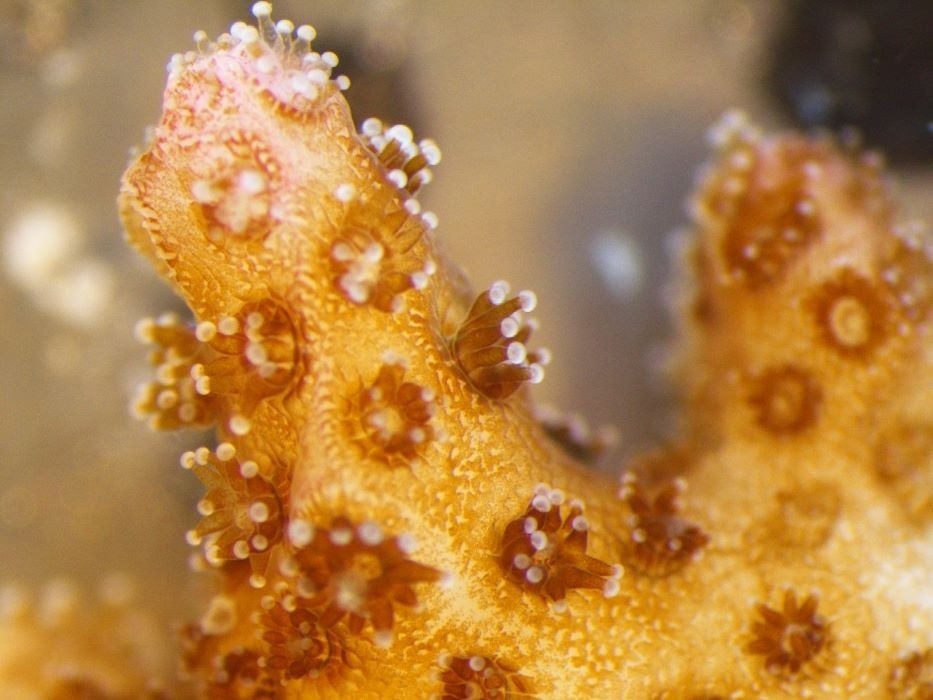Scientists from the University of Florida have made a breakthrough in coral research by using a common sea anemone to recreate the initial stage of coral skeleton formation in the lab.
 Stony corals like this are hard to study in the lab. Image Credit: Federica Scucchia
Stony corals like this are hard to study in the lab. Image Credit: Federica Scucchia
The whole ecosystem is dying. You can listen to the death all you want, but what are you going to do to fix it? In order to do that, you need to understand what the problems are. And you need an experimental system to do that. Now we have that system.
Mark Martindale, PhD, Professor and Director, Whitney Laboratory for Marine Bioscience, University of Florida
While it is easy to work with the anemone Nematostella vectensis, coral polyps are difficult to cultivate in the lab. Its genome was the first in the family of corals and jellyfish to be sequenced.
It is simple to add to its genome, change its genes, or delete them. With the exception of the fact that it fails to generate any skeletons, it possesses all the makings of an excellent system for researching coral skeletons.
Thus, the Martindale lab asked: Is it possible to get Nematostella to function similarly to a coral polyp and turn seawater into rock? If so, the anemone could provide a means of testing coral repair solutions in the wild.
The scientists used a gene from the stony coral Stylophora pistillata, which is recognized for aiding the animal in concentrating the calcium that ultimately leads to skeleton construction, to inject Nematostella embryos to find out. Researchers saw the coral protein in the soft-bodied sea anemone accumulating calcium and functioning similarly to that of rocky coral.
According to Brent Foster, a lab researcher and the study’s first author, scientists can modify this gene as well as the others involved in the synthesis of coral skeletons in the future to get closer to producing coral polyps that are climate-resilient.
It is possible to analyze tooth enamel and other hard structures with the sea anemone. All of these activities are categorized as biomineralization, the process by which organisms create minerals, such as calcium, into hard structures.
The next step is to understand how cells regulate the microenvironment that promotes biomineralization.
Federica Scucchia, Study Co-Author and Postdoctoral Researcher, University of Florida
To finish the study, the Whitney Laboratory team worked with researchers at Cardiff University, Cornell University, and the Institute of Human Genetics in Montpelier, France. The journal iScience published the researchers’ findings on February 6th, 2023.
Journal Reference:
Foster, B., et. al. (2024) A novel in vivo system to study coral biomineralization in the starlet sea anemone, Nematostella vectensis. iScience. doi:10.1016/j.isci.2024.109131